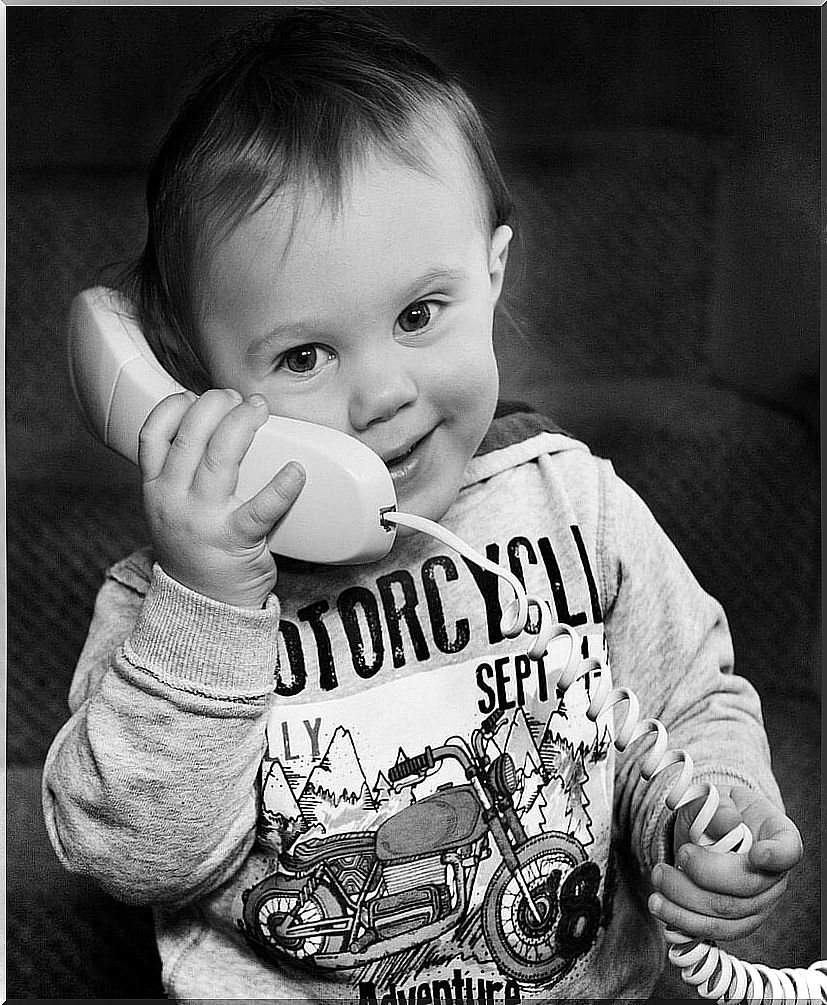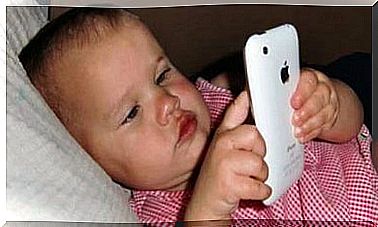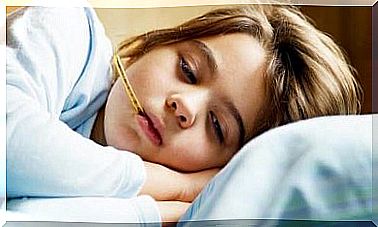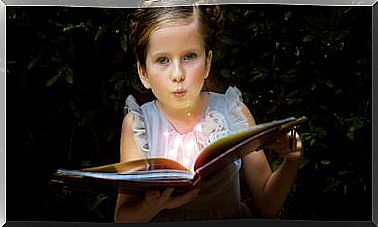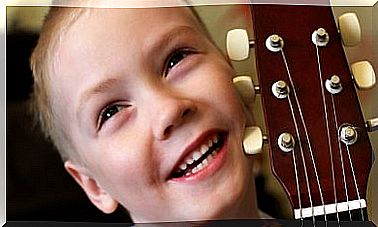How To Detect Language Disorders In Children?
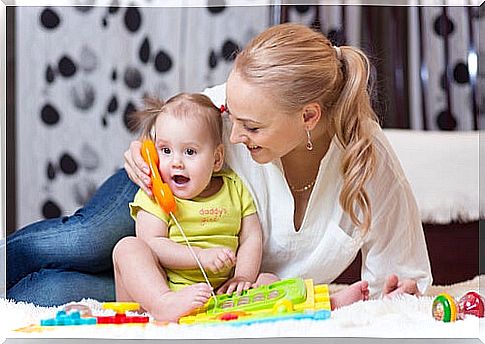
Language disorders in children can occur in delayed language or speech development.
If the child exhibits any of these problems, he may have trouble communicating with others or making himself understood, which is directly associated with expressive language disorder, or he may have trouble understanding others, related to receptive language disorder.
In infants and children, language develops naturally and is a process that begins at birth. For the child to develop his language correctly, he must be able to hear, understand and remember. You must also have the ability to form a speech.
Causes of language disorders in children
According to statistics, 1 in 20 children has symptoms of a language disorder. When the cause is unknown, it is called a developmental language disorder.
These problems usually begin before the age of 4. Some mixed language disorders can be caused by brain injury.
Language disorders in children can also occur due to developmental problems or damage to the central nervous system, which is called aphasia.
In these types of disorders, speech and language do not develop normally. The child may have some language skills, but not others.
Symptoms of language disorder
A child with language disorders may have one or two symptoms from the list that we will mention below. These signs can range from mild to severe.
On the one hand, children with receptive language problems may have difficulties understanding messages and will present the following signs:
- Difficulty understanding what other people are saying.
- Difficulty following directions.
- Trouble organizing your thoughts and actions.

On the other hand, children with expressive language problems will present impediments to express what they are thinking or need. These are the signs:
- They have difficulty organizing words in a sentence or their sentences may be simple.
- The order of the words in the sentences may not be correct.
- They have trouble finding the right words when speaking and often use fillers.
- They have a vocabulary that is below the level of their age.
- They use certain phrases repeatedly and repeat parts, such as questions.
- They use verb tenses inappropriately.
Types of speech disorders
There are various types of language disorders in children. In either case, we can quickly notice some of the signs:
- Childhood stuttering : Childhood stuttering is a problem that can be diagnosed and treated early in the child’s development. This consists of the alteration of the rhythm and verbal fluency that is characterized by the repetition of syllables, words or phrases.
- Language delay: The diagnosis of a possible language delay should be determined by a specialist as soon as possible, since early intervention can avoid the appearance of sequelae.
- Speech delay: It can be observed both at the level of expression and understanding.
- Childhood dyslalia: This is diagnosed when the child is unable to pronounce speech sounds correctly.
- Jotaicism in children: It is the difficulty that some children have to pronounce the letter “J”.
- Hoarseness in children: It is a very common disorder in children and young people. It can be generated by throat diseases or incorrect speech habits.
- Children with problems with the “R”: This letter usually begins to be pronounced by children later than other letters. For this reason, some children have difficulties to pronounce it correctly.
- Childhood deafness: Some children may be born with damage to the outer, middle, or inner ear or auditory nerve. This would cause inconvenience to listen.

The advantages of breathing well to speak correctly
Breathing and voice are processes that are closely related, to the point that if the child knows how to breathe well, he will be able to communicate correctly.
Bad breath can cause respiratory diseases that affect speech. Some disorders such as aphonia or vocal cord injuries may be due to the child’s poor breathing technique.
When a child breathes incorrectly, he inhales less air, which produces less power in his voice and hinders his ability to lengthen sounds, because his respiratory rate is decreased.
Any problem that occurs in the child’s language can be detected and treated in time. The fundamental thing is that we pay attention to the process of natural language development and, in the event of any anomaly, go to your pediatrician to indicate the steps to be followed.
